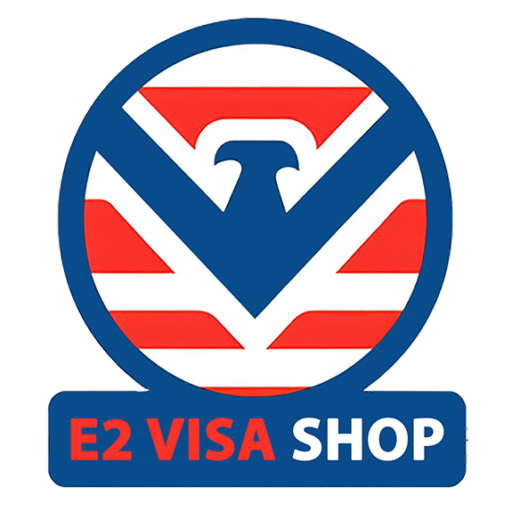
The E-2 classification is a valuable immigration option for foreign nationals looking to invest in and manage a business in the United States. However, there is a critical distinction between obtaining an E-2 Visa and being granted E-2 Status. This difference can significantly impact travel, compliance, and strategic planning. Understanding the distinction helps investors make informed decisions about their entry strategy, timeline, and long-term goals.
What Foreign Investors Need to Know Before Starting Their U.S. Business
E-2 VISA: Entering the U.S. from Abroad
An E-2 Visa is issued by a U.S. embassy or consulate abroad. It allows a qualifying investor to travel to the U.S. for the purpose of developing and directing a business.
Key Characteristics:
- Applied for outside the U.S. at a U.S. embassy or consulate.
- Allows entry and reentry to the U.S. during the visa’s validity period.
- Can be issued for up to 5 years, depending on the investor’s nationality.
- Typically provides two-year admission periods upon each entry to the U.S.
- Accompanied family members (spouse and children under 21) can obtain derivative E-2 visas.
Pros:
- Travel flexibility: You may leave and reenter the U.S. freely while the visa is valid.
- Longer validity: Multi-year visas reduce the need for repeated applications.
- Spouse can apply for work authorization.
Cons:
- Must wait for consular interview which can be delayed depending on location.
- Requires leaving the U.S. to apply (unless applying from status).
E-2 STATUS: Change or Extension from Within the U.S.
E-2 Status is granted by U.S. Citizenship and Immigration Services (USCIS) when a qualifying individual already in the U.S. (usually on a B-1/B-2, F-1, or other nonimmigrant visa) files a Change of Status (COS) application (Form I-129) to E-2.
Key Characteristics:
- Processed within the U.S. by USCIS.
- Does not confer a visa — you cannot reenter the U.S. if you travel abroad unless you apply for the actual visa at a U.S. consulate.
- Initial status is valid for up to two years and can be extended in two-year increments.
- Can allow faster entry into business operations for those already present in the U.S.
Pros:
- No need to leave the U.S. to start or transition into your business.
- Useful bridge strategy while preparing for a future visa application abroad.
- Allows time to stabilize business before consular scrutiny.
Cons:
- No international travel without abandoning status — leaving the U.S. cancels the E-2 status.
- If you leave the U.S., you must apply for a visa abroad to return as an E-2 investor.
- USCIS processing can take 4–6 months or more, unless premium processing is used (15 calendar days for an additional fee).
Summary Table: E-2 Visa vs. E-2 Status
| Feature | E-2 Visa | E-2 Status |
|---|---|---|
| Where it’s obtained | U.S. Consulate abroad | USCIS (inside the U.S.) |
| Travel permitted? | Yes, unlimited reentry | No, must stay in U.S. to maintain |
| Validity | Up to 5 years (depends on country) | 2 years per approval |
| Requires visa stamping? | Yes | No (but status is lost if you exit) |
| Premium processing option | Not available | Available (15 days with USCIS) |
| Consular interview required | Yes | No |
| Best for… | Long-term planning + global mobility | Transition/startup inside U.S. |
Which One Should You Choose?
The choice between E-2 Visa and E-2 Status depends on several factors:
- Are you already in the U.S.? If yes, E-2 status through a Change of Status may be a convenient initial option.
- Do you plan to travel internationally? If yes, consular E-2 visa processing is essential.
- Are consular appointments delayed in your country? Status may be the fastest way to start business operations.
- Do you want to delay exposure to consular scrutiny? A change of status can provide more time to build business credibility.
Final Thoughts
Both the E-2 Visa and E-2 Status provide a legal pathway for foreign entrepreneurs to manage and grow a U.S. business. While the visa offers broader travel rights and longer-term security, the status route can be a strategic bridge for those already inside the country.
Investors should carefully assess their timeline, immigration history, travel needs, and long-term intentions. In many cases, starting with E-2 Status and transitioning later to an E-2 Visa at a consulate may offer the best combination of speed, flexibility, and business readiness.
